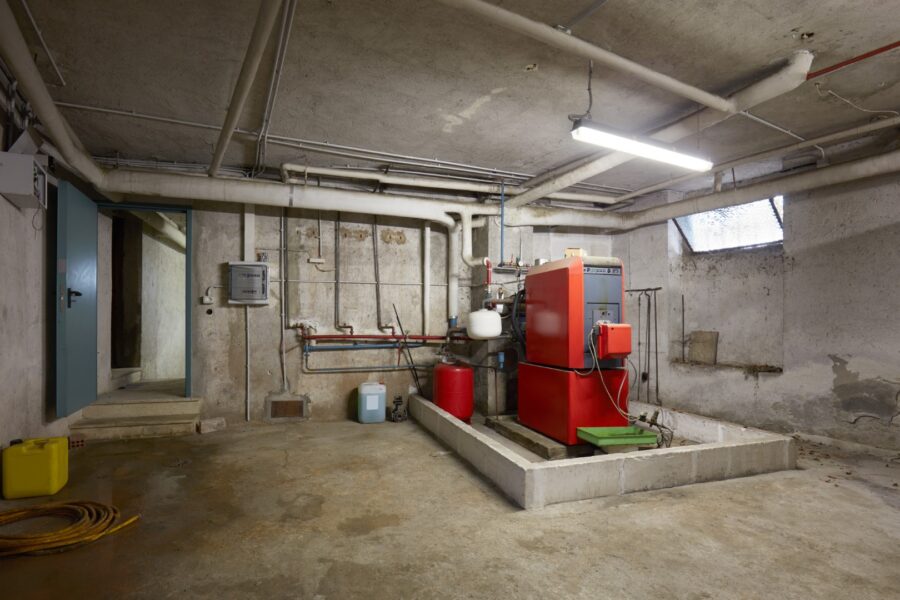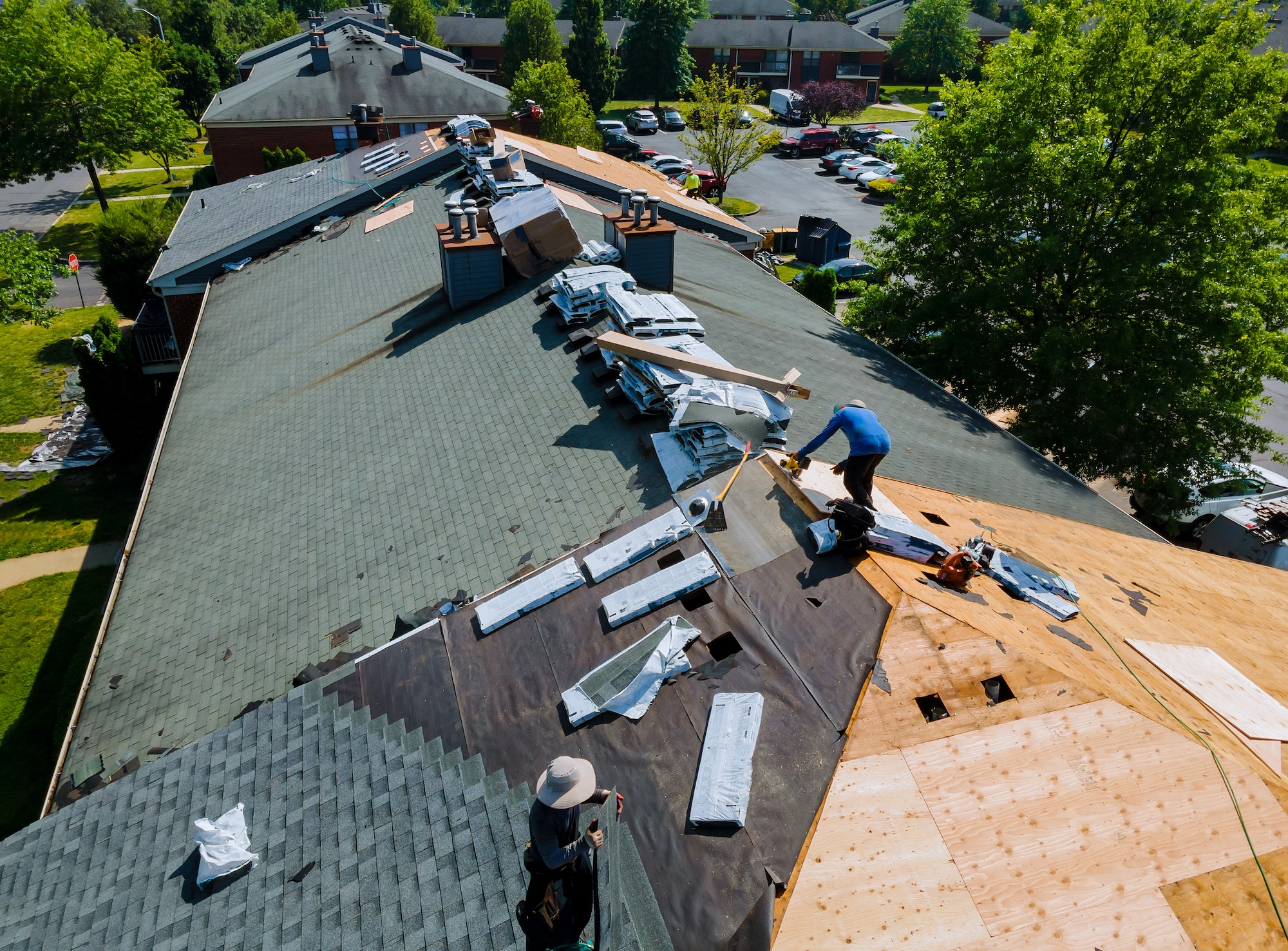Picture this: you’re snuggled up on the couch with your favorite blanket, enjoying a warm cup of cocoa. Suddenly, you feel a chill in the air—yikes! If you’re wondering, “Is my home losing heat?” you might want to check that attic insulation before it turns into a full-blown polar expedition in your living room.
Believe it or not, the attic can be the culprit behind your heating woes. Think of it as the secret icebox of your home. If you’re not careful, that cozy sanctuary can easily turn into a frosty nightmare. So, let’s dig into why your attic insulation might not be cutting it and what you can do to fix that chilly situation.
Why Insulation Matters More Than You Think
Attic insulation is not just a fashionable layer of fluff; it’s your home’s first line of defense against the elements. According to the Department of Energy, proper insulation can reduce your heating and cooling costs by up to 50%! Just imagine what you could do with all that saved cash—maybe a tropical vacation or a fancy new sofa!
Yet, many people overlook their attic insulation, not realizing that it could be as outdated as your high school haircut. Recent data suggests that over 90% of homes across America are under-insulated—yikes! It’s no wonder so many people are scratching their heads while cranking up the heat, watching their energy bills soar.
Insulation Material Efficiency Comparison
| Material | R-Value per Inch | Typical Usage | Lifespan |
|---|---|---|---|
| Fiberglass Batt | 3.1-4.0 | Walls, Floors | 20-50 years |
| Cellulose | 3.2-3.8 | Walls, Attics | 20-30 years |
| Spray Foam | 6.0-7.0 | Attic, Crawl Space | 80+ years |
| Mineral Wool | 3.1-4.0 | Attics, Walls, Floors | 20-50 years |
What You Need to Know About R-Value
If “R-value” sounds like a new law of physics, don’t worry; it’s just a way to measure how effective your insulation is at resisting heat flow. Higher R-values mean better insulation. Here’s the kicker: the recommended R-value for attics in cold climates can be as high as R-60. And if you’re rolling your eyes thinking, “I’ll just grab some old blankets,” think again—proper insulation makes all the difference.
So, what are the signs that your attic insulation is not pulling its weight? Look out for nasty drafts, high energy bills, and rooms that feel like a sauna while others freeze over. That’s your house‘s way of saying it’s time for an upgrade!
Recent Research on Attic Insulation
A study conducted by the National Renewable Energy Laboratory (NREL) in 2022 revealed that homes with adequate attic insulation could save between $200 to $500 annually on energy bills. That’s a serious chunk of change! The researchers also noted that over 50% of homeowners are unaware of their insulation’s current condition, leading to wasted energy and increased carbon footprints. So, if you’re among the oblivious, it’s time to wake up!
Cost Savings from Proper Insulation
| Insulation Condition | Average Annual Savings |
|---|---|
| Poor Insulation | $200 – $300 |
| Adequate Insulation | $300 – $400 |
| Excellent Insulation | $400 – $500 |
Conclusion: Stop the Drafts!
Don’t let your attic insulation be the ghost of winter past; take action! Whether it’s time for a DIY project or a call to the professionals, addressing your attic’s insulation can significantly enhance your home’s comfort and energy efficiency. Plus, who doesn’t love a cozy living space that doesn’t break the bank?
So, the next time you feel a draft waft through your abode or notice your energy bill has gone through the roof (pun intended), take a peek at that attic. You may just discover that upgrading your insulation is your best-kept secret for a warm and wallet-friendly home!
FAQs About Attic Insulation
| Question | Answer |
|---|---|
| What is the best type of attic insulation? | Spray foam insulation provides the highest R-value. |
| How often should I check my attic insulation? | At least once a year, especially before winter. |
| Can I insulate my attic myself? | Yes, but hiring a professional is recommended for best results. |
Discover more from Futurist Architecture
Subscribe to get the latest posts sent to your email.



